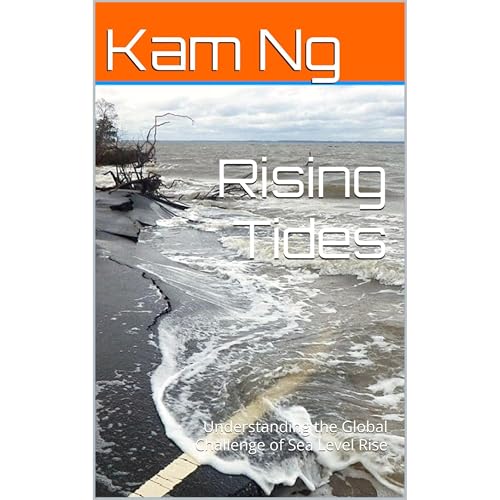
Rising Tides
Understanding the Global Challenge of Sea Level Rise
Failed to add items
Sorry, we are unable to add the item because your shopping cart is already at capacity.
Add to Cart failed.
Please try again later
Add to Wish List failed.
Please try again later
Remove from wishlist failed.
Please try again later
Adding to library failed
Please try again
Follow podcast failed
Please try again
Unfollow podcast failed
Please try again
$0.00 for first 30 days
Access a growing selection of included Audible Originals, audiobooks, and podcasts.
You will get an email reminder before your trial ends.
Audible Plus auto-renews for $7.95/mo after 30 days. Upgrade or cancel anytime.
Buy for $3.99
-
Narrated by:
-
Virtual Voice

This title uses virtual voice narration
Virtual voice is computer-generated narration for audiobooks.
No reviews yet


